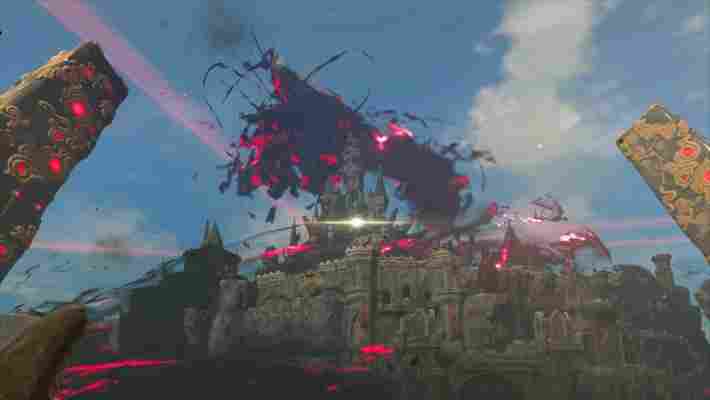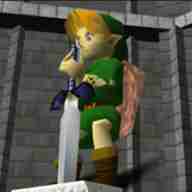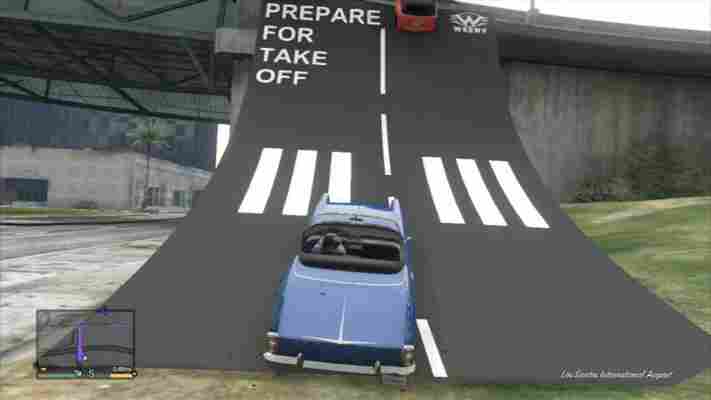Many see open world games as the be-all-end-all genre of gaming, and it’s easy to see why. It seems that gamers and game developers alike consider a massive, immersive open world as the pinnacle of game design. Being able to go anywhere and do anything was a driving promise of the early 3D era, and within the last ten years or so the technology to realize this promise finally became available. Open world games like Grand Theft Auto V, The Legend of Zelda: Breath of the Wild, Minecraft, and Red Dead Redemption 2 are among the best-reviewed games of all time, and the open world genre shows no signs of slowing down.
Where shooters were the prevailing genre of the early-2000’s, open world games are the hottest genre of the current decade. Not every open world game can be a masterpiece, however. For every Skyrim, there are dozens of boring copy-pasted open worlds that impress with their size but let down with their gameplay. To show where these games come short, we came up with some of the most important elements of making a fun and immersive open world.
What separates the best open world games from the competition?
Don’t gate off the world

Let’s start with the basics. The most appealing basic description of an open world game is the ability to go anywhere and do anything. With this in mind, why do so many developers gate off their massive worlds? By not allowing players to enter certain places, game developers are imposing linearity onto them. Linearity is the arch-enemy of open world game design. In well-designed open world games, the entire world should be explorable from the beginning. A perfect example of a freeform open world would be the one featured in The Legend of Zelda: Breath of the Wild.
In Breath of the Wild, the player gets every major tool they need in the very beginning. Armed with their hang glider and Sheikah Slate (which grants access to several world-altering abilities), the player can now freely access any point on the entire map. This is not to say that the map is easy to explore, however. The player must carefully prepare for the various areas of the map, such as wearing warm clothing and cooking hot food before exploring a snowy mountain.
In Breath of the Wild, exploration isn’t limited by having special items or filling out a skill tree, it’s limited by the player’s knowledge of the world and its mechanics. By giving players every major tool they’ll need at the beginning, the game encourages players to get creative within the game’s sandbox in order to explore every inch of the world. A balance must be struck where players are able to access every part of the world, but the difficulty of navigating new areas must depend on the player’s creativity.

The Legend of Zelda: Ocarina of Time turns 20. Here’s how it changed gaming forever
Let players experiment in a sandbox

While some use the terms “open world” and “sandbox” interchangeably, they aren’t quite the same thing. Games with sandbox designs have the player creating some of their own fun by experimenting deeply with the world and the systems at play. For example, the chemistry engine of Breath of the Wild allows players to light grass on fire, causing an updraft and allowing players to fly and get to hard to reach areas. Not all successful open world games have sandbox elements (Skyrim notably doesn’t really feature any deep sandbox systems to play around with, and relies more on the strength of its writing and worldbuilding), but sandbox elements can add a much-needed sense of depth and replayability.
Complete Guide to Skyrim
Perhaps the best example of sandbox open world design is the Grand Theft Auto series. The highly detailed physics system of modern GTA games makes simple objects like ramps a lot of fun to play around with. You can use ramps to try and get on top of tall buildings, fly as far as you can in a sports car, or do flips and tricks on a motorbike. While these actions don’t grant any sort of reward to the player, the ability to do all kinds of fun things with a simple ramp demonstrates that sandbox systems allow players to personalize their experience and create their own fun.
The best-designed sandbox systems allow the player to create an infinite amount of gameplay scenarios with simple, easy to understand game mechanics and interactions.
Leaked video shows new open world Harry Potter game
Make traveling the world fun
As technology has improved, open worlds have gotten bigger and bigger. In poorly designed open world games, the world is not filled with enough things to do, making traveling from place to place tedious and uninteresting. To get around this, most open world games incorporate fast travel , allowing the player to instantly teleport to specific locations. The problem with fast travel is that players will miss content by skipping around the world, as a lot of the fun of open world games is encountering small events or quests as you travel from one major location to another.
The solution to both problems is to make traveling the world a fun experience in itself. Several games have engaging movement systems that make traveling fun, including Spider-Man’s web swinging and Breath of the Wild’s hang glider, but the shining example of open world movement is the Just Cause series.
In the Just Cause series, you have two major tools to get around the island: the grappling hook and the wingsuit. The grappling hook allows you to quickly attach to any object, quickly pulling you towards it. You can press the jump button at any time to let go of the hook and fly forward, conserving your momentum and allowing you to quickly and precisely fly through the air. Your wingsuit allows you to take this momentum and use it to fly, allowing the player to soar through the air and make quick evasive maneuvers like barrel rolls. By combining these two actions, players have a huge amount of freedom in how they want to fly through the air towards their next objective.
These movement systems are easy to pick up but difficult to master, allowing skilled players to chain together death-defying stunts. With a movement system like this, you’ll never want to use fast travel, and all open world games should strive towards making their world fun to travel.
Top 10 Spider-Man games
Make exploration its own reward
In poorly designed open world games, your map is filled with an endless number of icons, missions, and objectives. Giving the player all of these objectives discourages exploration and can make the player feel like they’re playing the game wrong for avoiding them. Waypoints and guidance are fine, but they must be obtained naturally, such as by talking to an NPC or finding a clue. It is fine for the game to have objectives, but the player shouldn’t feel pigeonholed into only completing objectives. Exploration and discovery is the core of the open world genre , and the best open world games encourage players to explore the world how they want.
Minecraft is a unique game in that it does not have any defined objectives. Instead, the player is just dropped into a randomly generated world and it’s up to them to figure out where they want to go and what they want to do. Since the world is randomly generated, there will always be new places to explore no matter how many times you start a new save. As the player gathers tools and resources, they’re able to explore farther and farther from their base. This combination of exploration and progression is a hallmark of the open world genre, and similarly free-flowing games like Breath of the Wild have clearly taken inspiration. The appeal of Minecraft’s survival mode is the ability to tell your own story by adventuring through a world in your own unique way for your own unique reasons. You don’t need a million objectives and scripted moments to make an immersive open world, you need a world that creates a sense of discovery that makes it worth exploring.
What are your favorite open world games? Any other suggestions? Let us know!
Discover video game history
What are the best selling video games of all time? ►
Top 5 most memorable boss fights in video game history ►
5 weirdest product placements in games ►
Why movie tie-in games disappeared ►
